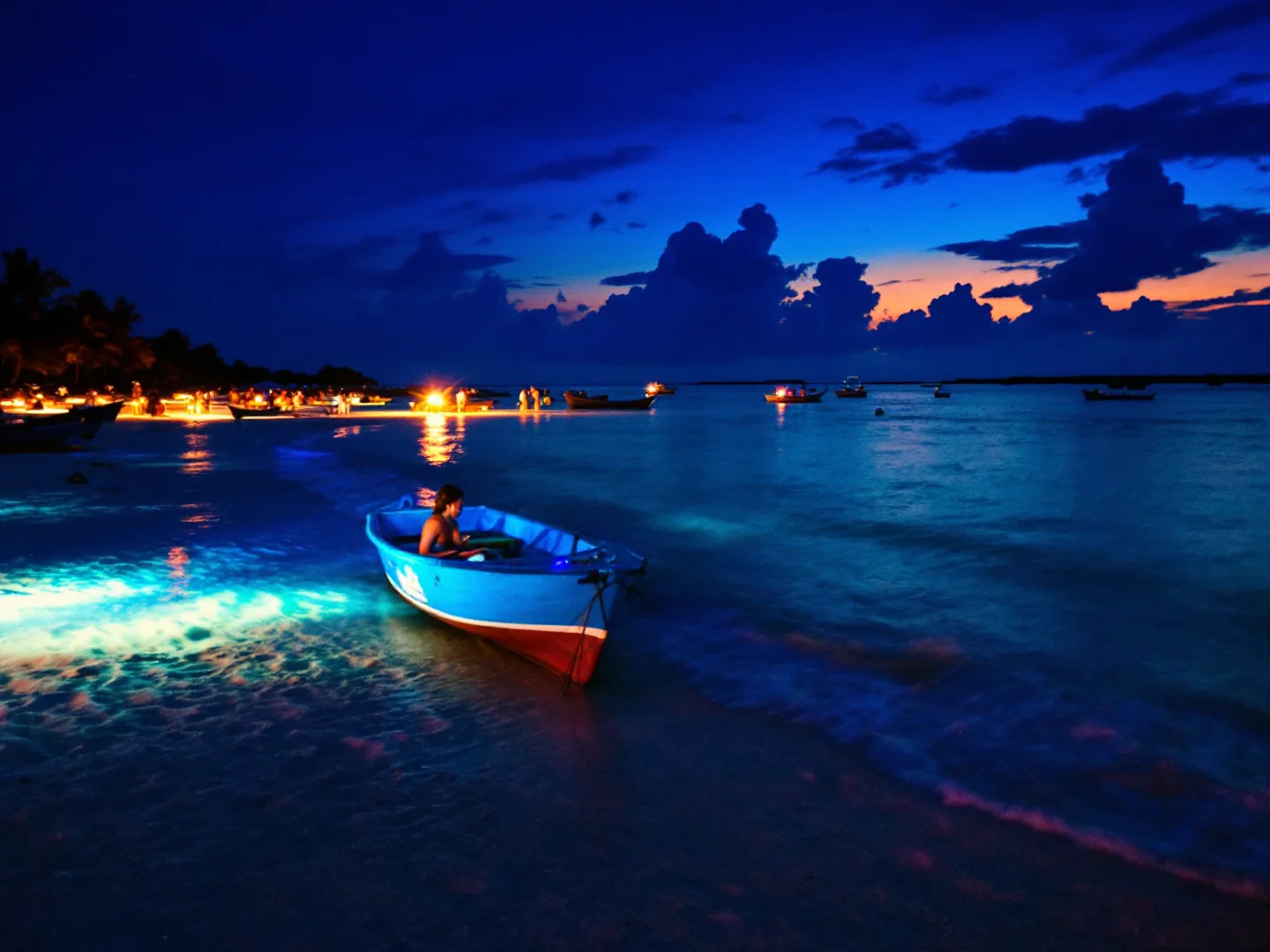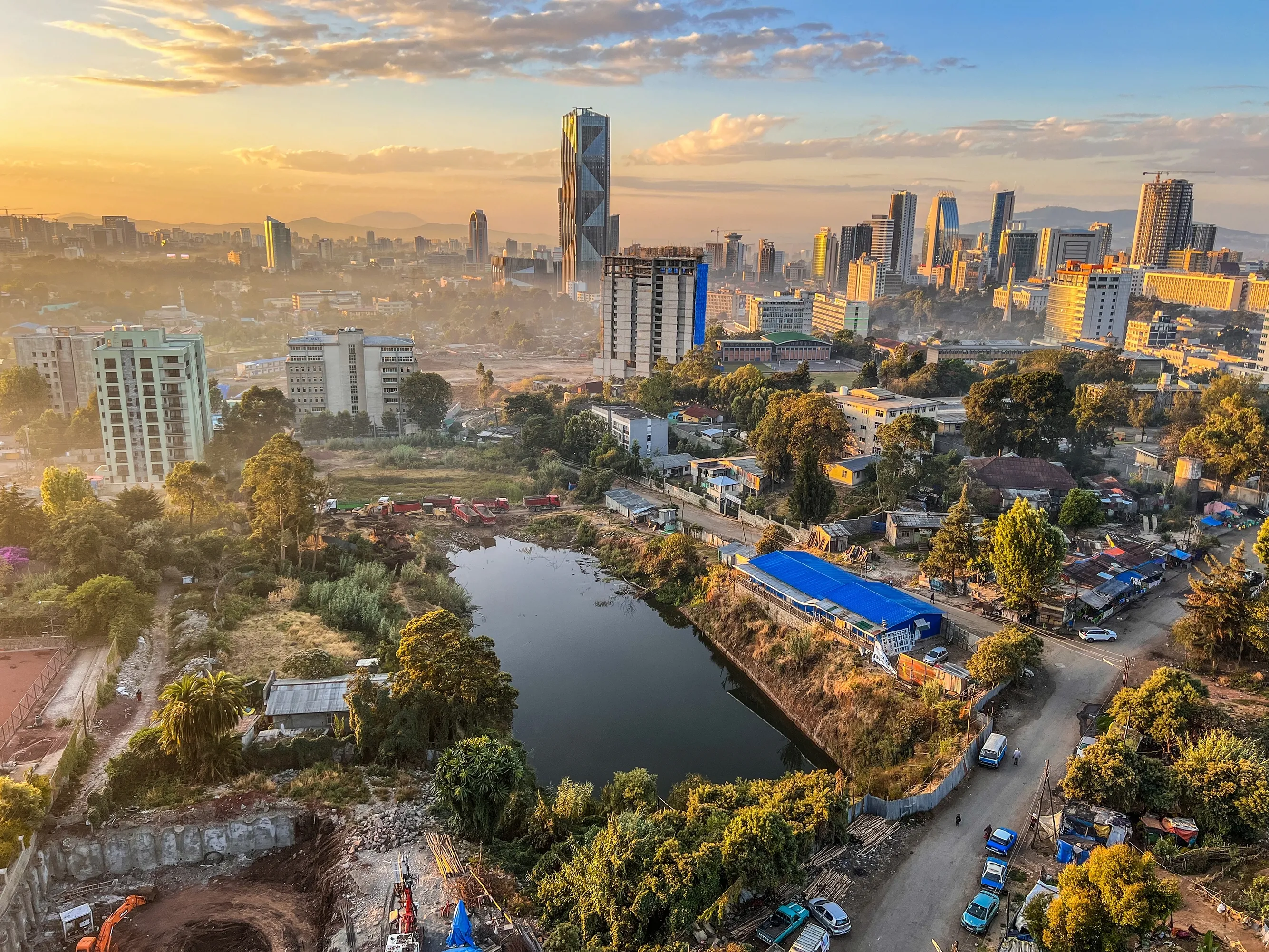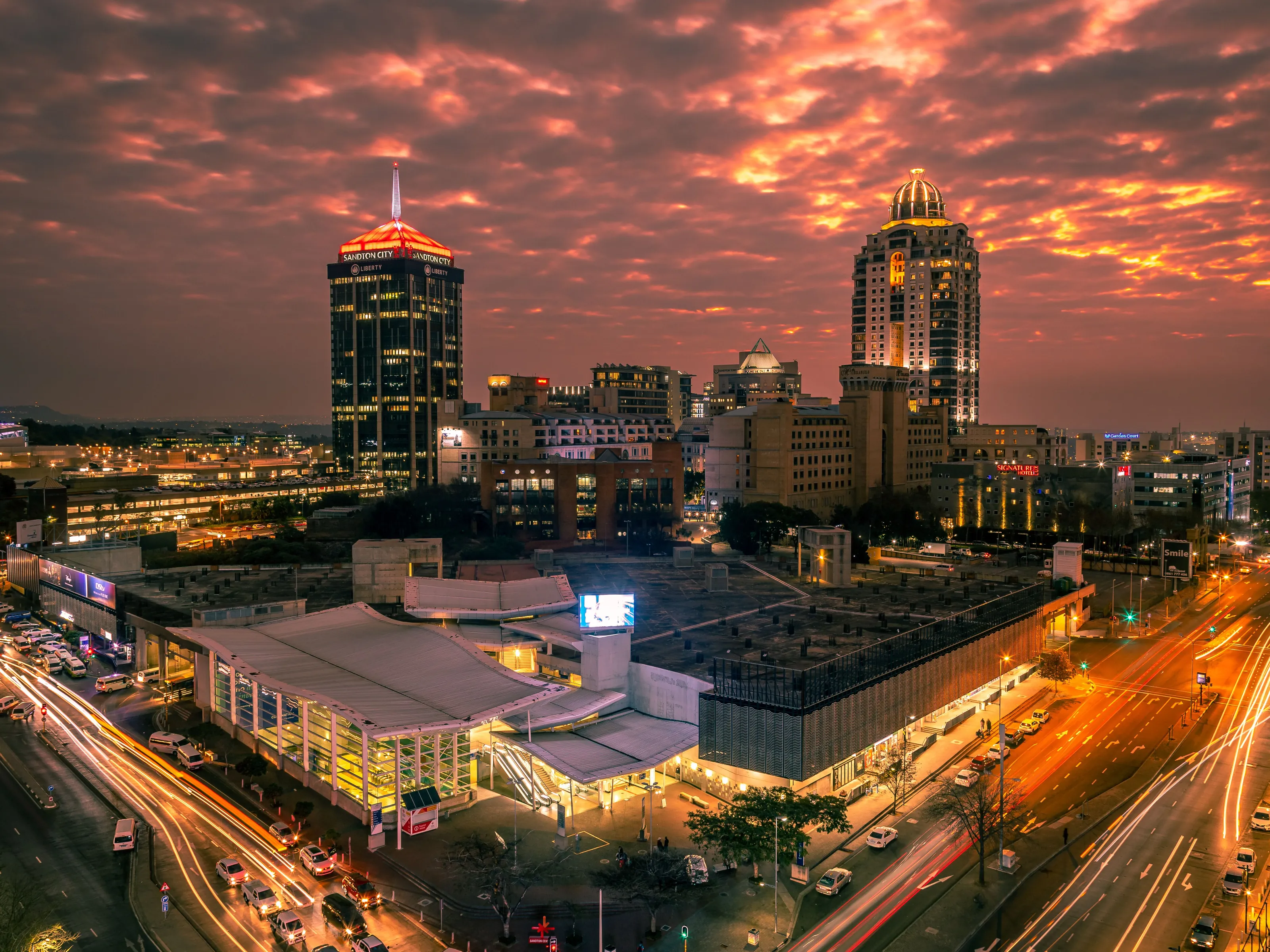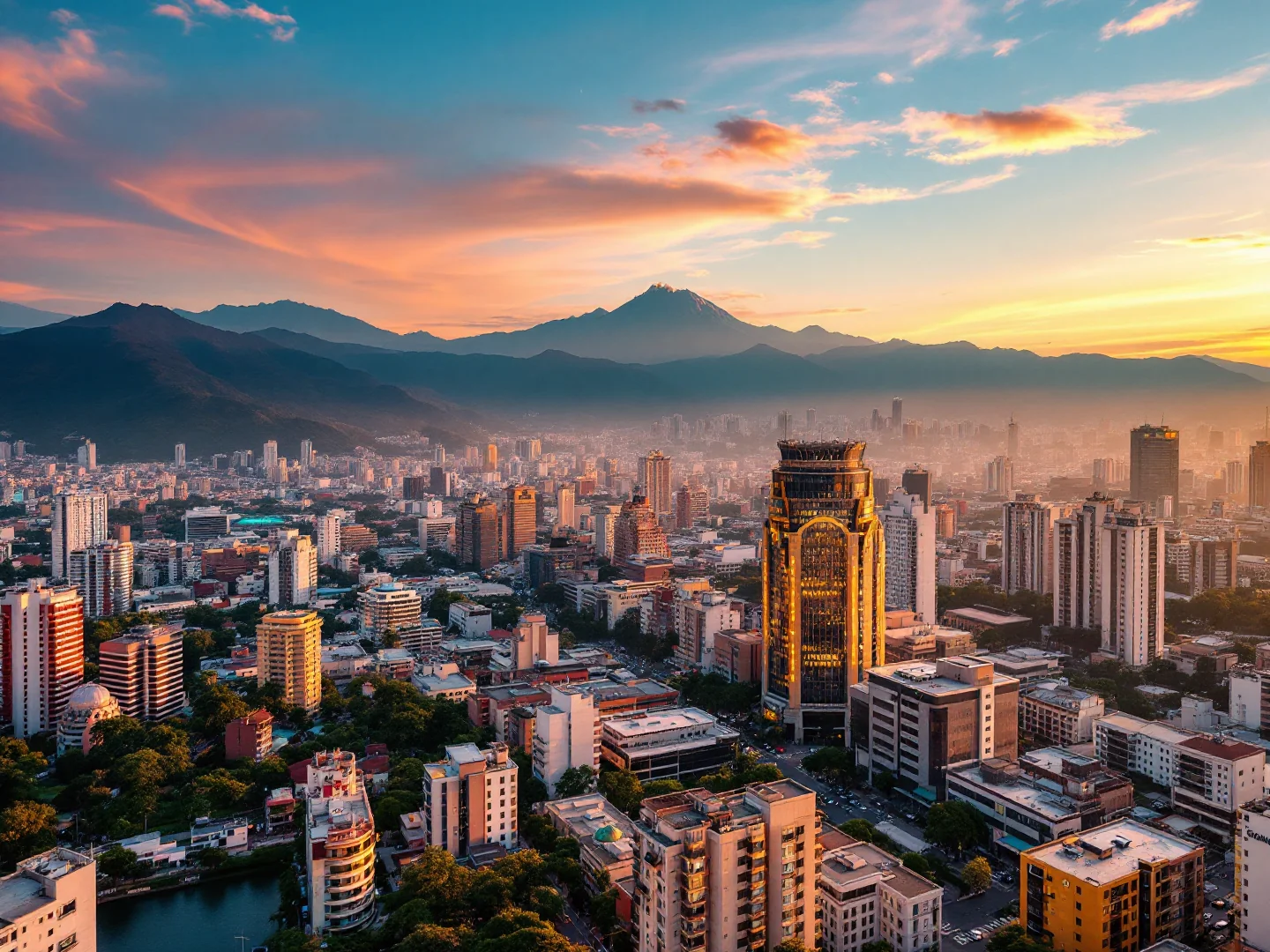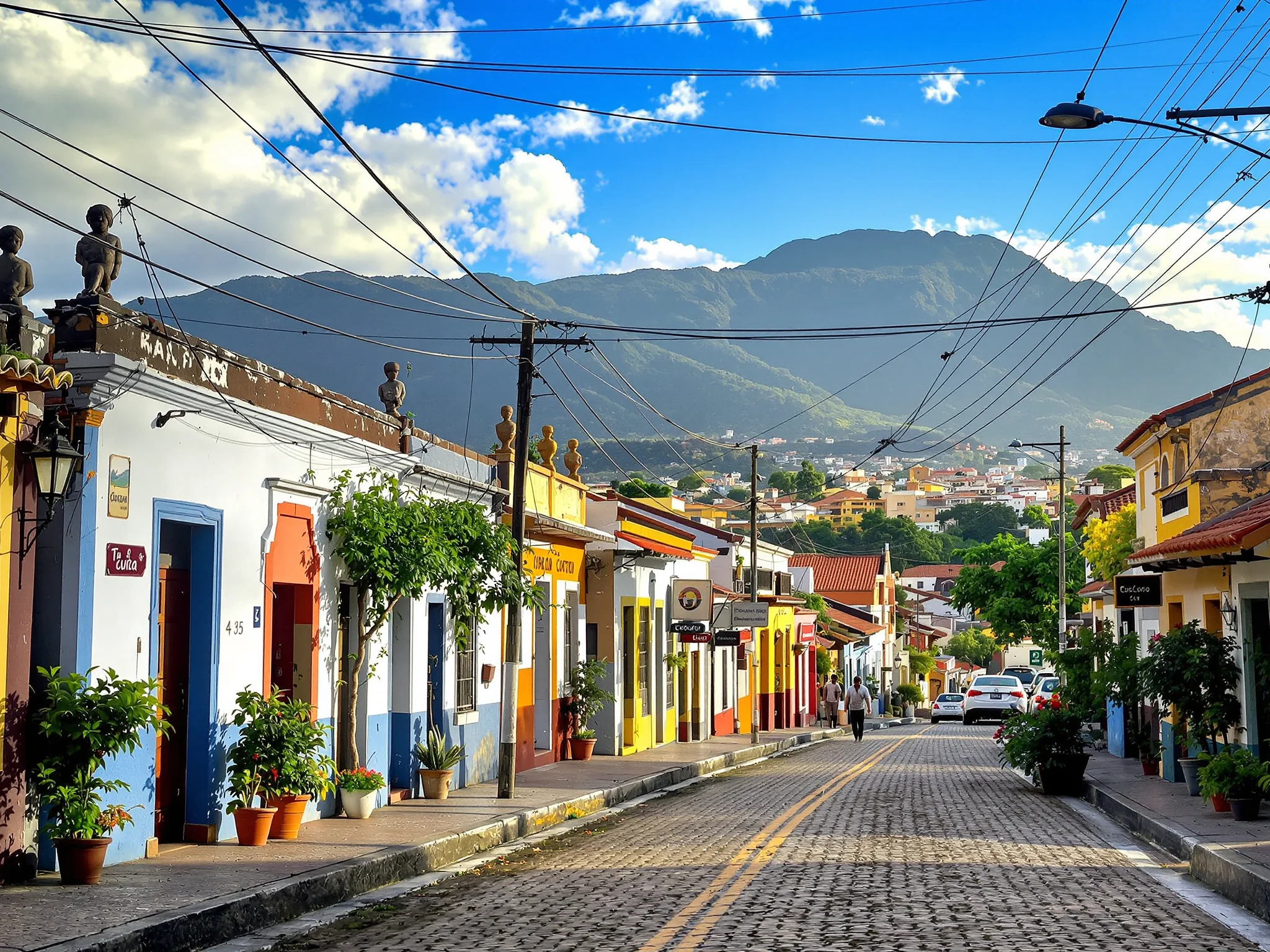Why Visit Nairobi?
Nairobi thrills as Africa's safari capital where the only national park bordering a major city lets visitors photograph lions against downtown skyscraper backdrops, orphaned elephants at David Sheldrick Wildlife Trust nuzzle handlers at 11am feeding time, and Rothschild giraffes poke heads through Giraffe Manor's breakfast windows seeking treats from guests. Kenya's capital and East Africa's economic hub (4.4 million in city, 10 million metro) serves primarily as gateway to world-famous safaris—Masai Mara's wildebeest migration (July-October), Amboseli's elephant herds beneath Kilimanjaro, and flamingo-filled lakes—yet the city rewards 2-3 days exploration before flying to bush camps. Nairobi National Park (just 7km from city center) showcases the incongruity: rhinos, lions, giraffes, and zebras graze while Nairobi's glass towers shimmer in background, accessible via half-day game drives (Ksh1,500 entry plus vehicle).
The Giraffe Centre lets visitors feed endangered Rothschild giraffes from raised platform, while nearby Karen Blixen Museum preserves Out of Africa author's colonial farmhouse. Yet Nairobi pulses beyond wildlife: Maasai Market (rotating locations) sells beaded jewelry and wood carvings, Karura Forest offers urban hiking trails and waterfalls, and Westlands' restaurants serve nyama choma (grilled meat) with Tusker beer. The Bomas of Kenya showcases tribal dances and culture, while Kibera slum (one of Africa's largest) can be visited respectfully with guide-led tours supporting community projects.
Safety concerns exist—petty crime, carjackings—requiring awareness, yet millions visit safely using registered taxis and avoiding walking after dark. Most visitors spend 1-2 nights before flying to Masai Mara (45-min flight, $200–$400 return) or driving to Amboseli (4 hours). With English widely spoken, mild highland climate (15-26°C year-round at 1,795m elevation), and position as East African safari launching point, Nairobi delivers wildlife encounters before grassland adventures.
What to Do
Wildlife in the City
David Sheldrick Elephant Orphanage
Watch orphaned baby elephants play and feed at the 11am daily public visit (lasts about 1 hour). The public visit requires a minimum donation of US$20 per adult and US$5 per child, booked online in advance—spaces sell out quickly. The elephants are adorable and keepers explain each animal's rescue story. You can also foster an elephant from US$50/year, which supports their care and sometimes includes access to special foster-only visits. Photography allowed. Located in Nairobi National Park area. Combine with Giraffe Centre same morning. Very popular—arrive 15 minutes early.
Giraffe Centre
Feed endangered Rothschild giraffes from a raised platform—they'll take pellets from your hand or mouth (for photos). Entry is Ksh1,500 for adults, less for children. Open 9am-5pm daily. The experience takes about 1 hour. Best mornings before 11am when giraffes are hungry. Warthogs roam the grounds freely. There's a short nature trail and informative displays. Located in Karen suburb, 30-40 minutes from center. Combine with nearby Karen Blixen Museum. Very photogenic—bring a camera.
Nairobi National Park
The only national park bordering a capital city—see lions, rhinos, giraffes, zebras, and buffalo with Nairobi skyline in background. For non-residents, park entry is US$80 per adult / US$40 per child (3–17) per day, plus a vehicle/guide fee. A typical half-day game drive from Nairobi for visitors costs around US$60–$100 per person for the vehicle and guide, on top of park fees. Go early morning (6-9am) for best animal sightings. The park is 117 km², about 20 minutes from center. Bring binoculars and camera with zoom lens. Can't compare to Masai Mara but convenient and surreal with city backdrop.
Nairobi Culture
Karen Blixen Museum
Former home of Out of Africa author, preserving colonial-era farmhouse and gardens at foot of Ngong Hills. Entry Ksh1,200 adults. Open 9:30am-6pm daily. Guided tours included, last about 45 minutes. The house is filled with period furniture and Blixen's belongings. Beautiful gardens perfect for photos. Located in Karen suburb near Giraffe Centre—easy to combine. Movie fans will recognize settings. Less crowded than wildlife attractions.
Bomas of Kenya
Cultural center showcasing Kenya's diverse tribal heritage through traditional homesteads (bomas) and daily dance performances. Entry Ksh1,000-1,500. The main show (2:30pm weekdays, 3:30pm weekends, about 1.5 hours) features dances from different tribes—colorful and energetic. Arrive 30 minutes early for good seats. The homestead village shows traditional architecture. Touristy but educational. Located 10km from center—arrange transport.
Maasai Market
Rotating outdoor craft market selling Maasai beaded jewelry, wood carvings, fabrics, and souvenirs. Locations change daily (Friday Yaya Centre, Saturday Village Market, Sunday near high court). Bargaining essential—start at 30-40% of asking price. Quality varies—inspect carefully. Authentic Maasai crafts mixed with mass-produced items. Go midday when fully set up. Bring cash (shillings). Great for gifts and souvenirs. Watch your belongings in crowds.
Safari Gateway
Masai Mara Safari
Kenya's most famous safari destination, 5-6 hours drive or 45-minute flight from Nairobi. The Great Migration (July-October) sees millions of wildebeest cross from Serengeti. Most visitors fly from Wilson Airport (around $200–$400 return) then stay 2-4 nights at tented camps or lodges ($300–$800 per person per night, all-inclusive with game drives). Book reputable operators months ahead. Budget safaris exist but avoid very cheap options. Flying is far better than the rough 8-hour drive. Essential Kenya experience.
Karura Forest
Urban forest in Nairobi with hiking/biking trails, waterfalls, and caves. Entry Ksh150 adults. Open 6am-6:30pm daily. The forest has over 50km of trails—popular routes take 1-3 hours. Rent bikes at entrance (Ksh500). Monkeys and over 200 bird species. Peaceful escape from city chaos. Go mornings for cooler temperatures. Safe during daylight—don't go alone at dusk. Popular with locals for jogging and picnics. Several entrance gates—main one off Limuru Road.
Westlands & Dining
Nairobi's upscale neighborhood with malls, restaurants, and nightlife. Westgate Mall and Sarit Centre have international brands and food courts. Try nyama choma (grilled meat) at carnivore restaurants—Carnivore Restaurant is famous but touristy. Westlands bars and clubs stay open late (locals start around 10pm). The area is relatively safe and walkable by Nairobi standards. Good base for accommodation. Uber easily available. Mix of expats and wealthy Kenyans.
Gallery
Travel Information
Getting There
- Airports: NBO
Best Time to Visit
January, February, June, July, August, September, October
Climate: Moderate
Weather by Month
| Month | High | Low | Rainy days | Condition |
|---|---|---|---|---|
| January | 23°C | 15°C | 25 | Excellent (best) |
| February | 25°C | 15°C | 20 | Excellent (best) |
| March | 25°C | 16°C | 29 | Wet |
| April | 24°C | 16°C | 28 | Wet |
| May | 23°C | 15°C | 19 | Wet |
| June | 22°C | 13°C | 8 | Excellent (best) |
| July | 22°C | 13°C | 7 | Excellent (best) |
| August | 23°C | 13°C | 11 | Excellent (best) |
| September | 24°C | 13°C | 11 | Excellent (best) |
| October | 25°C | 15°C | 18 | Wet (best) |
| November | 24°C | 15°C | 24 | Wet |
| December | 25°C | 15°C | 8 | Good |
Weather data: Open-Meteo Archive (2020-2024) • Open-Meteo.com (CC BY 4.0) • Historical avg. 2020–2024
Budget
Excludes flights
Visa Requirements
Visa required
💡 🌍 Traveler Tip (November 2025): Plan ahead: January is coming up and offers ideal weather.
Practical Information
Getting There
Jomo Kenyatta International Airport (NBO) is 18km southeast. Airport taxis Ksh2,000-3,500/$16–$28 (45 min-1.5hr depending on traffic, pre-book only). Uber works. Buses chaotic—avoid. Nairobi is East Africa's hub—international flights from across Africa, Middle East, and worldwide. Wilson Airport (WIL) for domestic/safari flights to Masai Mara, Amboseli.
Getting Around
Avoid walking at night; even short distances are safer by Uber/Bolt or registered taxis. In daylight, walking short distances in safer areas (Westlands, Karen, Gigiri) is generally fine if you stay alert and don't display valuables. Uber/Bolt widely available (Ksh300-800 typical rides). Matatus (minibuses) and regular buses are cheap but chaotic and not recommended for first-time visitors; most tourists use Uber/Bolt or private drivers. Rent 4x4s for safaris ($80–$150/day + driver recommended). Traffic horrendous—2hr jams normal. Stay in safe areas, arrange hotel airport transfers.
Money & Payments
Kenyan Shilling (Ksh, KES). Exchange $1 ≈ Ksh$135–$1451 ≈ Ksh125-135. Cards accepted at hotels, restaurants, malls. Cash needed for markets, tips. ATMs in safe areas—withdraw with guard present. Tipping: $5–$10/day for safari guides/drivers, Ksh200-500 for services, 10% restaurants.
Language
English and Swahili are official. English widely spoken—former British colony. Swahili useful (Jambo = hello, Asante = thanks, Hakuna matata = no worries). Signs in English. Communication easy in tourism. Tribal languages spoken in rural areas.
Cultural Tips
SAFETY: use registered taxis/Uber for most trips, avoid walking after dark, don't display phones/cameras/jewelry openly, and avoid downtown CBD after dark. In daylight, stick to safer neighborhoods like Westlands, Karen, or Gigiri. Safaris: book reputable operators only, fly to Masai Mara don't drive (8hr rough road). Bargain at Maasai Market (start at 30% of asking price). Tipping: safari guides essential ($10–$15/day). Altitude: Nairobi at 1,795m—mild effect. Dress conservatively—no shorts in city. Traffic: patience required.
Perfect 3-Day Nairobi & Safari Gateway
Day 1: Wildlife Encounters
Day 2: Nairobi National Park
Day 3: Depart for Safari
Where to Stay in Nairobi
Westlands
Best for: Shopping malls, restaurants, hotels, expats, relatively safe, nightlife, modern
Karen
Best for: Upscale residential, Giraffe Centre, Blixen Museum, quieter, affluent, safer, suburban
CBD (Downtown)
Best for: Daytime only, business, avoid at night, traffic, crowded, unsafe for tourists after dark
Gigiri & UN Area
Best for: Diplomatic quarter, UN headquarters, safer, upscale, international restaurants, expat living
Frequently Asked Questions
Do I need a visa to visit Nairobi?
What is the best time to visit Nairobi?
How much does a trip to Nairobi cost per day?
Is Nairobi safe for tourists?
What are the must-see attractions in Nairobi?
Popular Activities
Top-rated tours and experiences in Nairobi
Ready to Visit Nairobi?
Book your flights, accommodation, and activities


